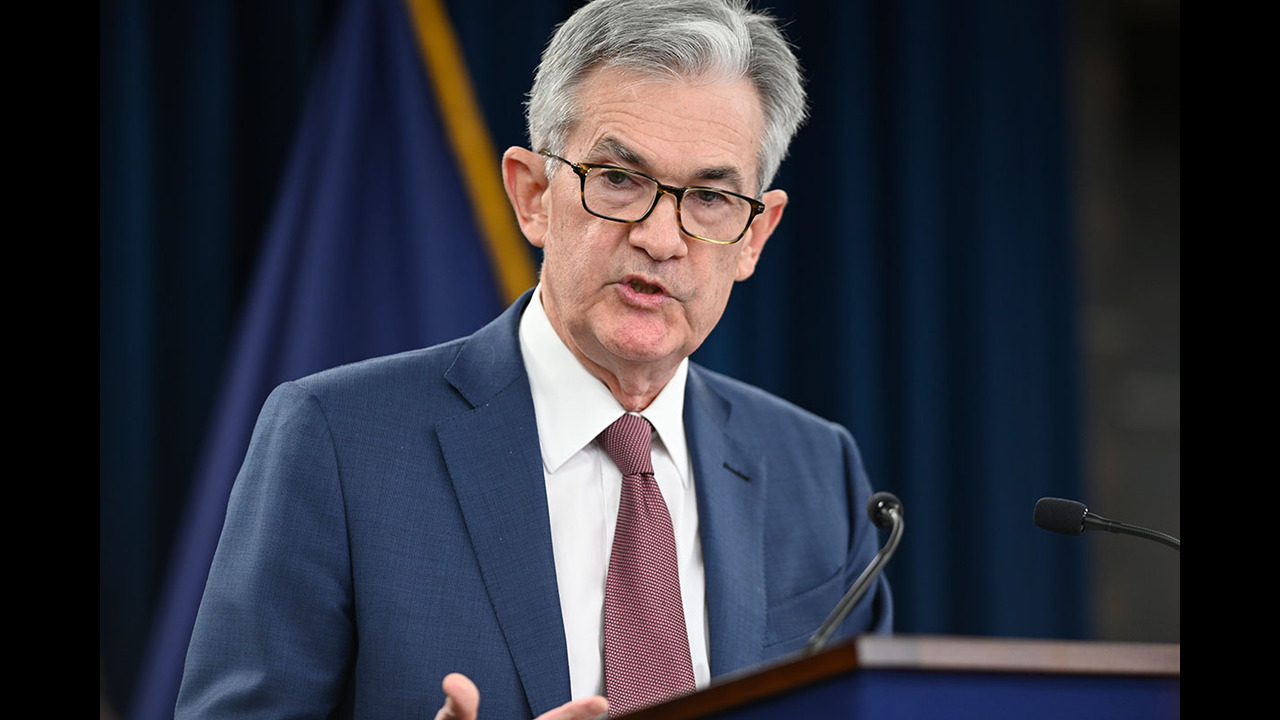
Why Interest Rates Matter
The Federal Reserve’s primary economic policy tool is also a macro-signal of the economy’s health.
These days, the Federal Reserve faces a balancing act on how to use its interest rate policy tools. Continuing inflation concerns have, for the time being, led monetary policymakers to hold off on further interest rate cuts. Fed policymakers may even regret the aggressive interest rate cuts of late last year.
At the moment, the economy is coping well enough, despite the absence of additional rate cuts. That is a good sign. It is, of course, comforting that the country appears to have avoided recession. But more than this, the economy’s ability to cope without further rate cuts speaks well of its fundamentals. In this sense, the interest rate picture is more than just a policy tool; it offers a guide to the economy’s needs. If the economy were unable to sustain growth without radical cuts, it would suggest that something was fundamentally wrong and serve as a call for additional measures beyond rate cuts, actions that directly address underlying economic fundamentals.
This second perspective on interest rates—as an indicator of economic health—grows out of the underlying link between rates and economic prospects. Because a healthy economy promises businesspeople attractive returns on investments and economic endeavor generally, they will happily pay high rates to borrow capital to take advantage of these attractive returns.
An economy that continues to grow, even with high rates, announces that it enjoys this kind of desirable health. In contrast, a stagnant economy, because it pays meager returns on economic enterprise, will falter even with inordinately low interest rates. Its poor fundamentals render it in need of very low interest rates just to get by.
This kind of fundamental economic ill health prevailed through much of Obama’s two terms in office. The financial crisis of 2008 and the great recession that followed left the United States economy deeply injured. Confidence was shattered. As Obama loved to say, his administration had inherited “a mess.”
For that reason, and also because the president pursued less-than-growth-inspiring policies, his economy offered little return to investments and economic endeavor generally. The only way to coax any growth was to bring interest rates down to nearly zero for years on end. Those low rates were a policy response but also a reflection of underlying economic conditions. And so, with interest rates low enough to have in other circumstances created a boom, even an economic bubble, the economy could barely squeeze out any growth at all.
The signal interest rates emitted at that point was that the economy needed help from other sources, such as fiscal reform. Had Washington delivered on that front, the economy could have delivered a better performance even as the Fed allowed interest rates to rise toward more normal levels. Because such reforms were not offered, the economy limped along, despite near-zero interest rates. The need for those low rates signaled the economy’s ill health, while the Fed’s willingness to keep them low eked out enough growth to allow Washington to ignore that more fundamental need.
At present, the new Trump administration is promising fiscal reform on a grand scale. If the steps it takes are suitable, the economy, except for normal cyclical vicissitudes, should offer the kinds of returns that foster growth even at higher interest rates than exist today. If those reforms are poorly conceived, then radical interest rate cuts by the Fed will be needed just to eke out a sub-par growth trajectory.
Milton Ezrati is a contributing editor at The National Interest, an affiliate of the Center for the Study of Human Capital at the University at Buffalo (SUNY), and chief economist for Vested, the New York-based communications firm. His latest books are Thirty Tomorrows: The Next Three Decades of Globalization, Demographics, and How We Will Live and Bite-Sized Investing.
Image: Wikimedia Commons / Public Domain.